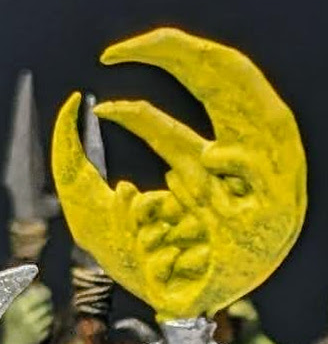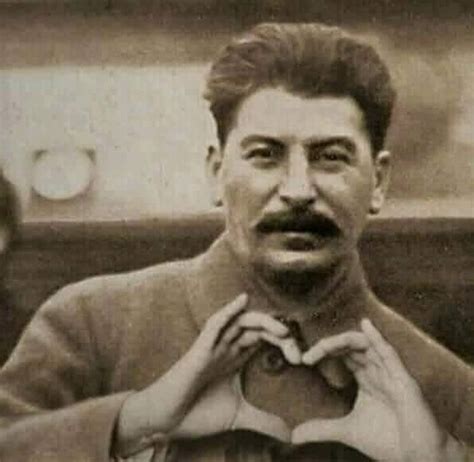That’s a SLAPP suit.
Does the place they sued them in even have SLAPP laws?
I’m sure this won’t have any chilling effects amongst the researchers who keep us all safe.
Edit to add that Johnson & Johnson is/was also trying to use patent loopholes to make sure poor people die from tuberculosis; until the internet got mad.
The secondary patent particularly irked some advocates because the drug’s development was largely underwritten by public funds, according to a 2020 analysis. That study found public sector funds contributed $455 million to $747 million to getting bedaquiline to market, compared to $90 million to $240 million from J&J.
We pay for the development of the drug, they get the patent, then we pay for the drug. Socialize cost, privatize profits.
most of the hype about danger from talcum powder is quite fake. the link between cancer and the powder is hugely tenuous and the researchers are quite shameful. Poor J&J are being victimised when there are millions sufferring from the absence of their valuable and safe talcum powder,
So wait, J&J have already put aside 9 billion dollars for potential liability for the talc baby powder cancer claims and have stopped selling talc baby powder in North America, but yet they are suing researchers who made the issue known and constantly parroting that they aren’t admitting any wrongdoing. Nice.
We desperately, above all other issues, need to resolve the fact that big companies can win in court simply by paying until the other guy can’t afford to keep dealing with the legal system.
We desperately, above all other issues, need to resolve the fact that big companies can win in court simply by paying
In the Soviet Union, capital punishment was carried out by various methods, including firing squads, hanging, and later, the use of a single gunshot to the back of the head. These methods were employed for different periods throughout the Soviet Union’s history, depending on the prevailing laws and policies.
I… what?
I’ll take our current system over the Soviet one every day of the week. Not starving and not living under an evil dictatorship beats an unfair court system.







